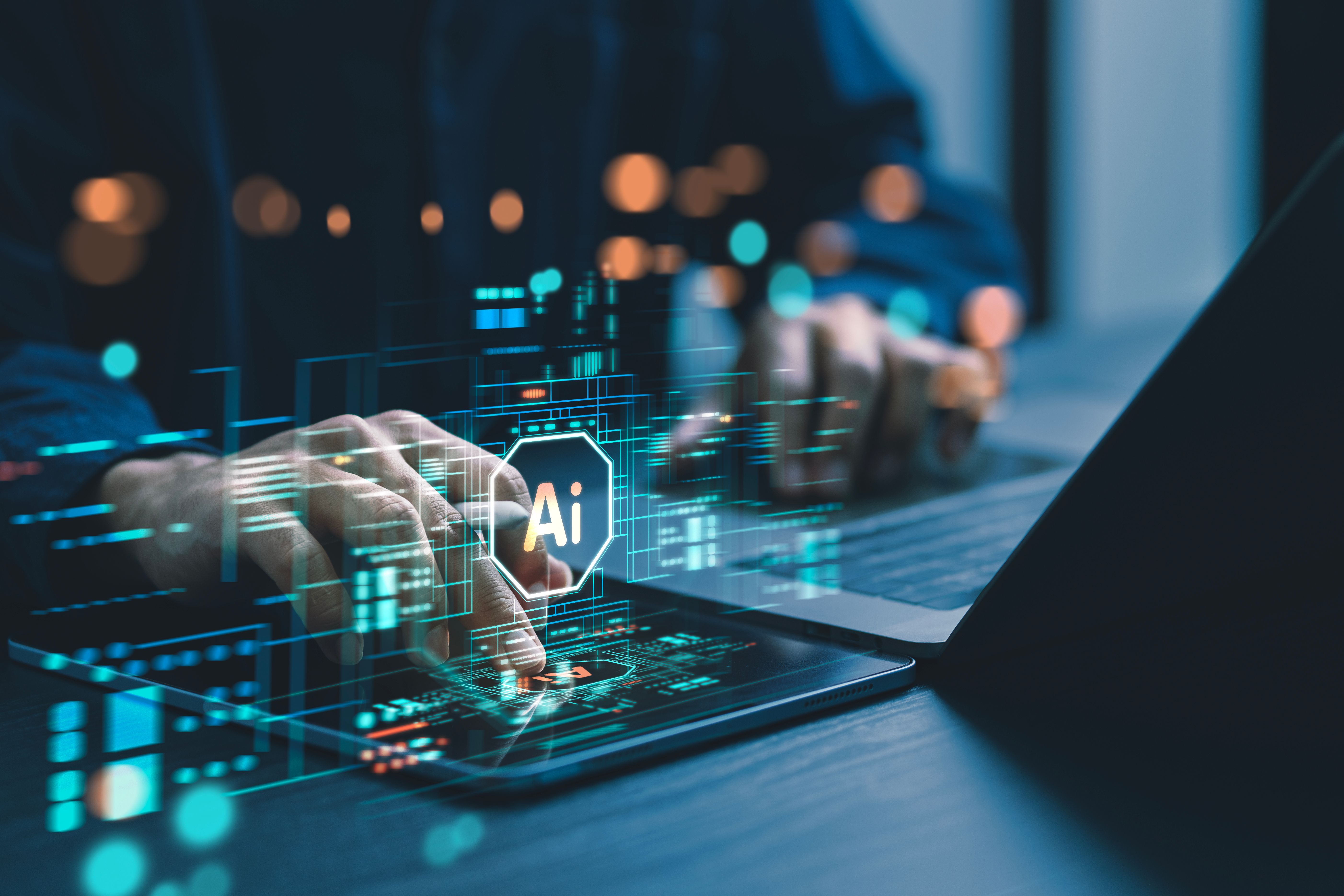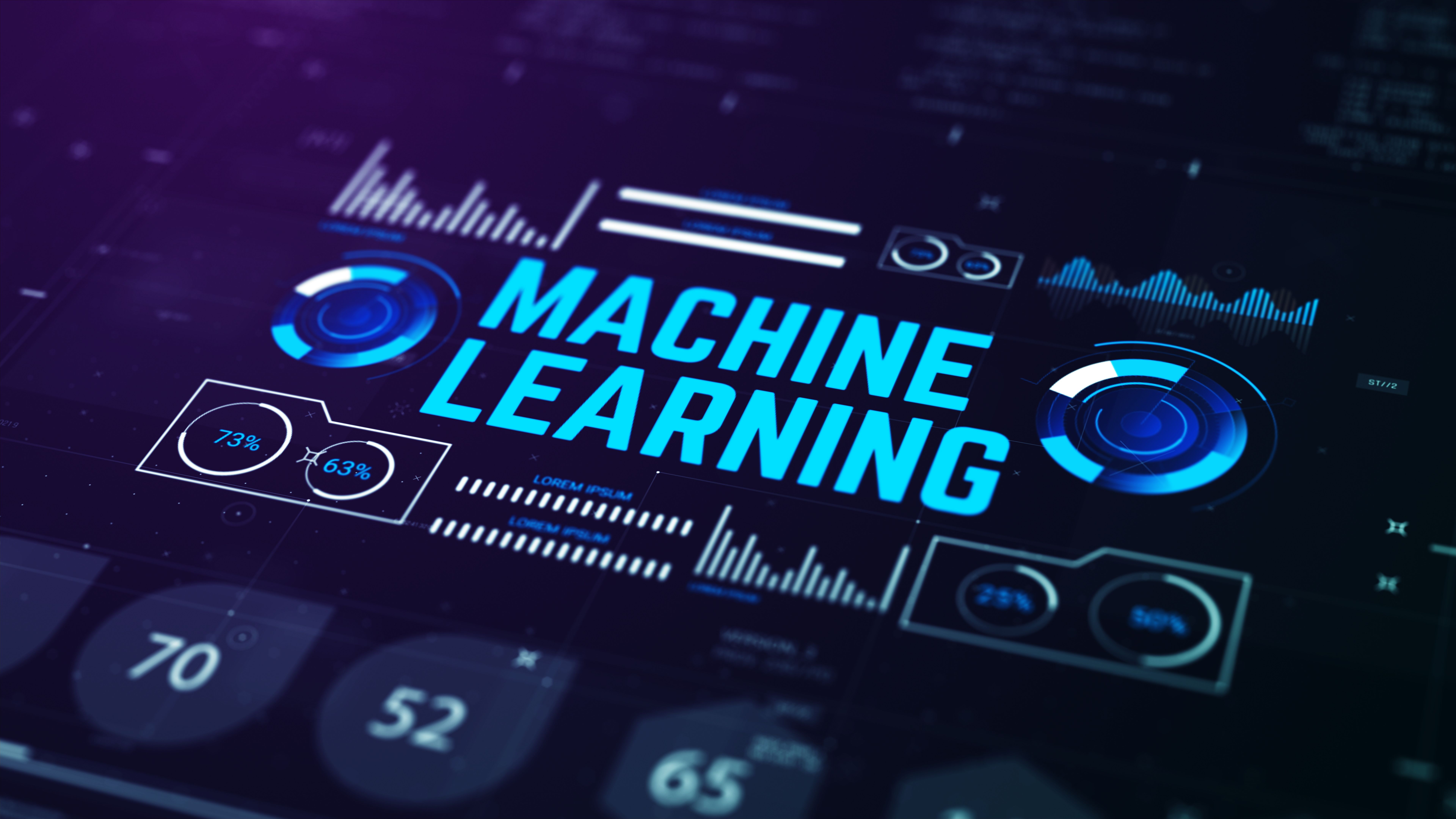Demystifying ChatGPT: An Insightful Guide
JT
Understanding ChatGPT: The Basics
ChatGPT is an advanced language model developed by OpenAI, designed to generate human-like text based on the input it receives. It's part of a larger family of models known as Generative Pre-trained Transformers (GPT), which have revolutionized how machines process natural language. The power of ChatGPT lies in its ability to produce coherent and contextually relevant responses, making it useful for a range of applications from customer service to content creation.
The model works by predicting the next word in a sentence, drawing from a vast database of text it has been trained on. This training allows it to understand and generate text that aligns with human communication patterns. However, it's important to remember that while ChatGPT can simulate conversation, it doesn't possess true understanding or consciousness.

How ChatGPT Learns and Adapts
ChatGPT's learning process involves a technique called "unsupervised learning," where it absorbs information from diverse text sources without explicit human guidance. This process is enhanced by supervised fine-tuning, where human trainers provide specific examples to refine its capabilities. Additionally, reinforcement learning helps improve its performance by using feedback from its interactions.
The model's adaptability is a key feature, allowing it to be fine-tuned for specific tasks. Businesses can customize ChatGPT to respond in particular styles or adhere to brand guidelines, expanding its utility across different industries. However, this adaptability also raises concerns about potential misuse, underscoring the need for ethical deployment and monitoring.

Applications and Use Cases
ChatGPT's versatility opens up numerous applications across various sectors. In customer service, it can handle routine inquiries, providing quick and accurate responses that enhance user satisfaction. In content creation, writers utilize ChatGPT to brainstorm ideas, draft articles, or even generate creative narratives.
Educational platforms leverage ChatGPT to offer tutoring and personalized learning experiences. Moreover, businesses use it for market research and data analysis, where it assists in synthesizing large volumes of information into digestible insights. The model's potential is vast, limited only by the creativity of its users.

Challenges and Ethical Considerations
Despite its impressive capabilities, ChatGPT is not without challenges. One major concern is the potential for generating misleading or biased information, as the model reflects the data it was trained on. This makes it crucial for developers and users to constantly monitor and update the system to ensure accuracy and fairness.
Ethical considerations also play a significant role in the deployment of ChatGPT. Ensuring privacy and data security is paramount, especially when dealing with sensitive information. OpenAI encourages transparency and collaboration with the community to address these issues effectively.

The Future of ChatGPT
Looking ahead, the development of ChatGPT and similar models continues to evolve rapidly. Improvements in natural language processing and machine learning techniques promise even more sophisticated interactions and capabilities. Researchers are working on reducing biases and enhancing the model's understanding to create more reliable AI partners.
The future holds exciting possibilities for integrating ChatGPT with other technologies such as virtual reality and augmented reality, creating immersive experiences that were once the realm of science fiction. As the technology progresses, staying informed and engaged with its development will be crucial for leveraging its full potential.

